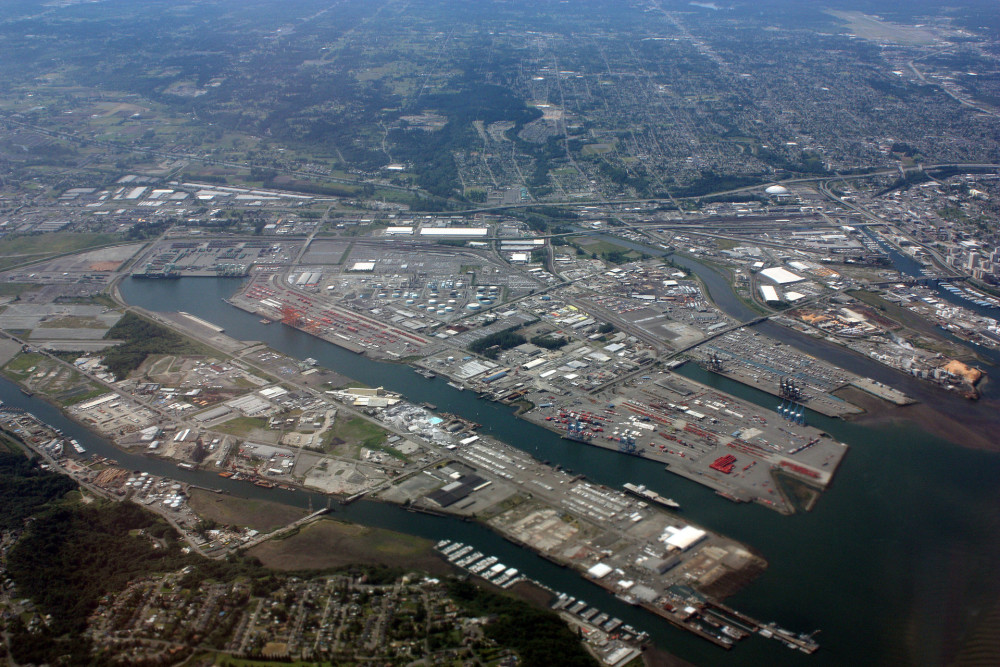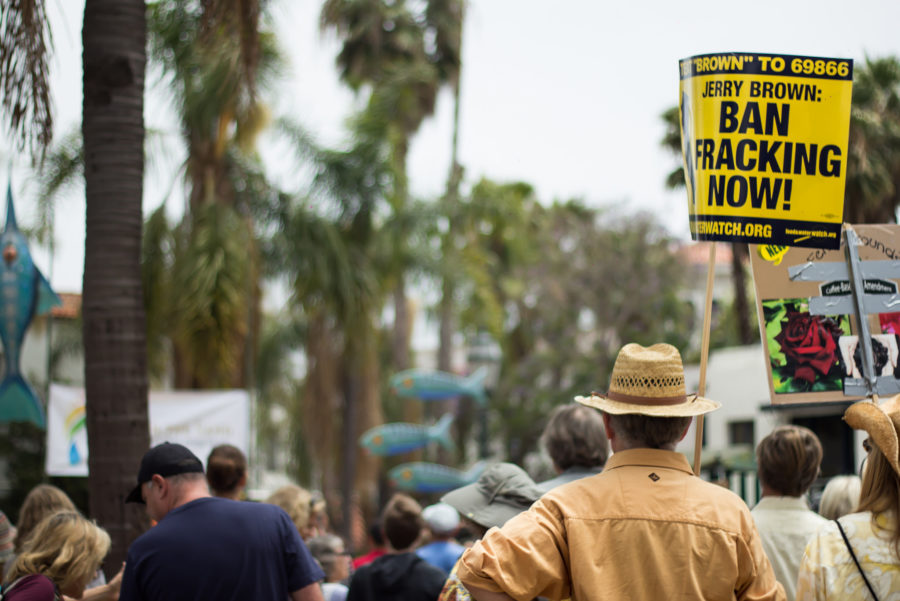[prettyquote align=”right”]”Everybody outside the Northwest thinks that’s where energy projects go to die.”[/prettyquote]
“Everybody outside the Northwest thinks that’s where energy projects go to die.” That’s the reputation our region has earned as an increasing number of proposed coal and oil export projects have encountered ferocious opposition. It’s what the backer of a proposed oil refinery in Longview, Washington, told reporters earlier this year after his company’s stealth proposal was outed by environmental groups.
The Cascadia region has proven to be extraordinarily challenging for those who would turn it into a major carbon energy export hub—so much so that Sightline has taken to calling it the Thin Green Line.
Since 2012, a staggering number of schemes have proposed to move large volumes of carbon-intense fuels through Oregon, Washington, and British Columbia to Asian markets. A recent Sightline analysis shows that proposed and newly permitted energy projects in the region would amount to the carbon equivalent of more than five Keystone XL Pipelines.
But in big ways and small—from Coos Bay, Oregon, to Prince Rupert, British Columbia—the Thin Green Line has held fast. Big energy projects have faced delays, uncertainty, mounting costs…and then failure. A review of these projects makes clear just how successful the region has been in denying permission to dirty energy companies as it stays true to its heritage as a center of clean energy, sustainability, and forward thinking.










